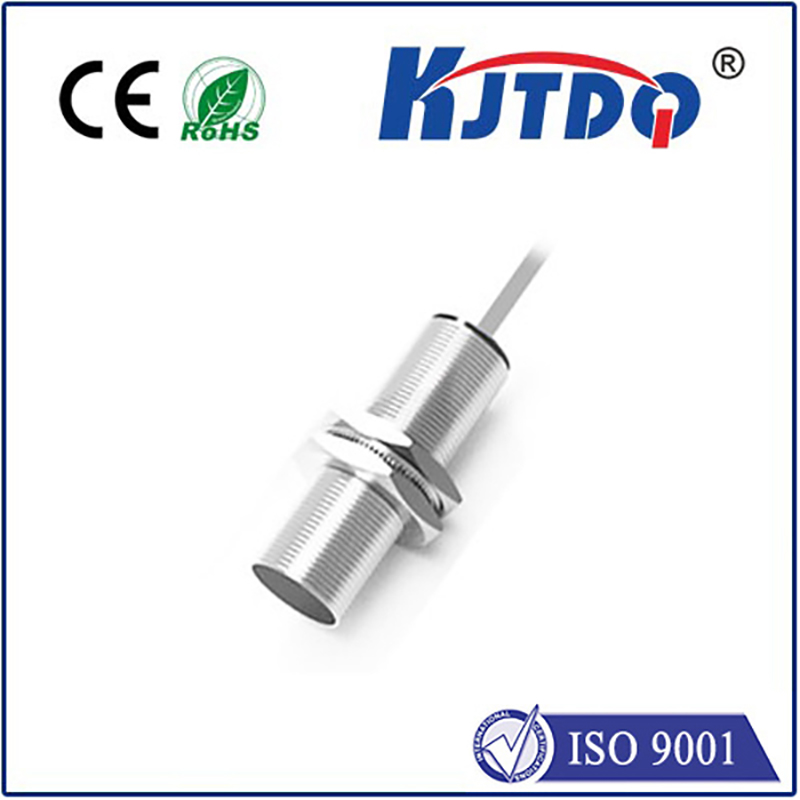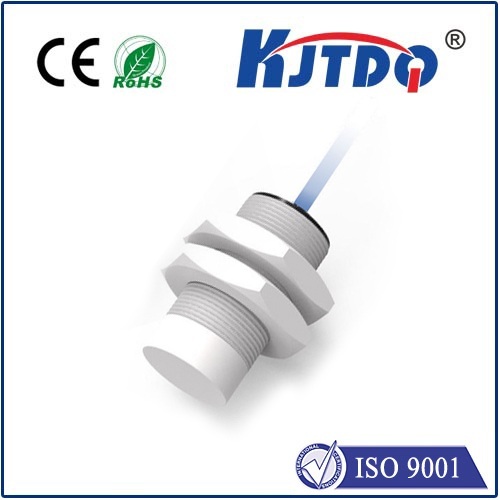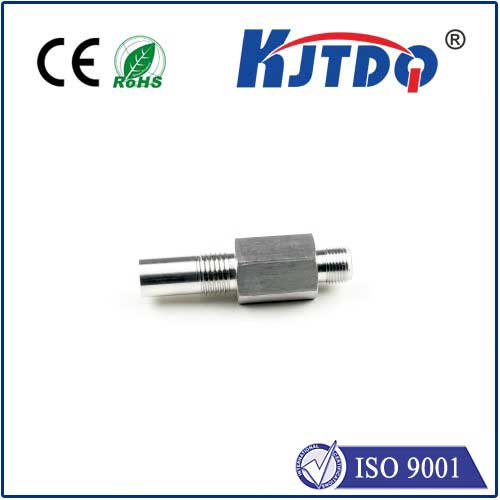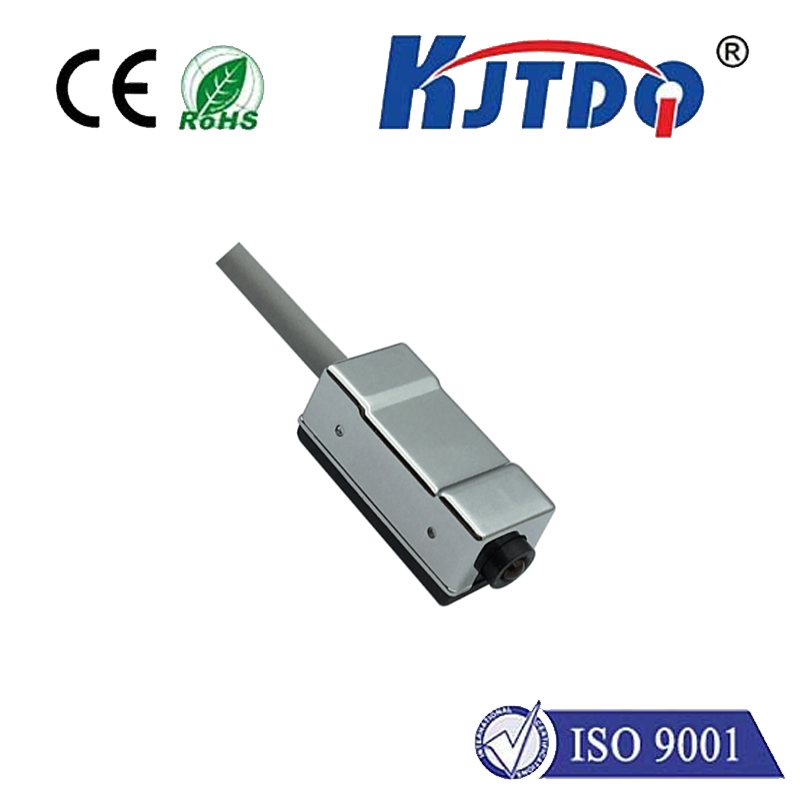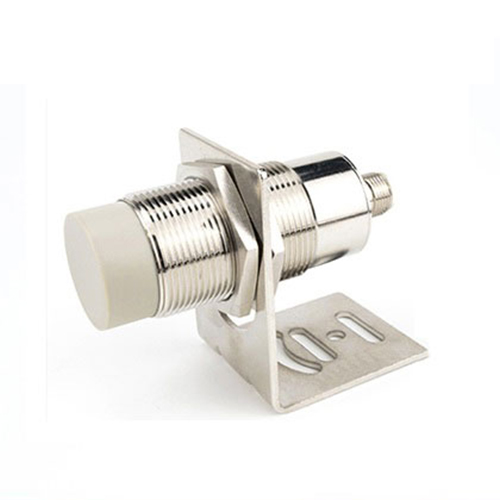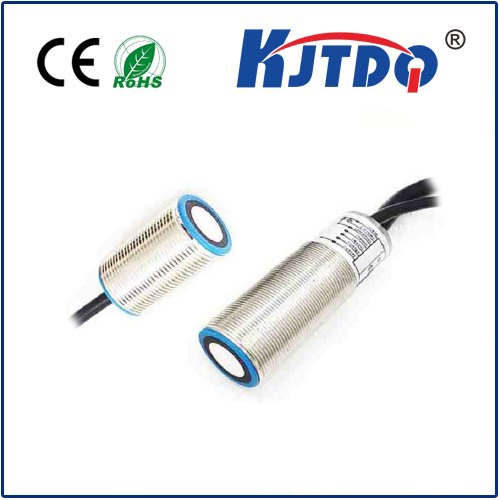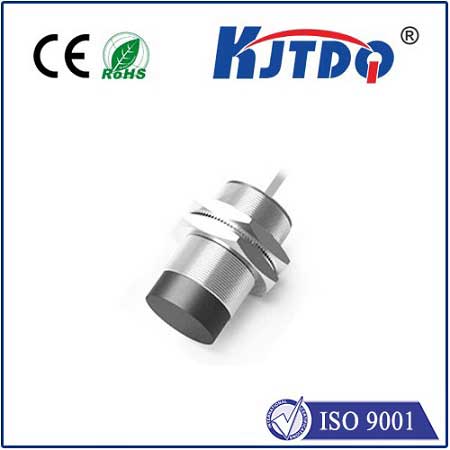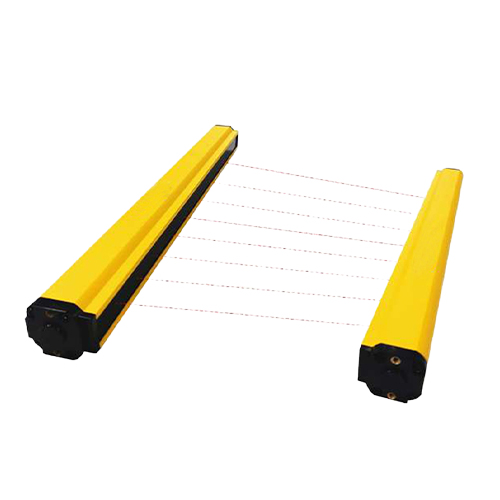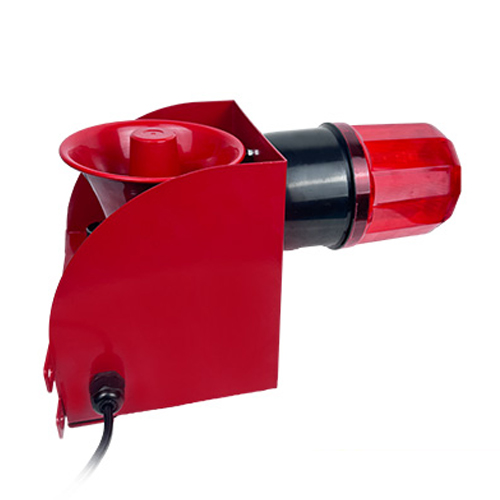

check

check

check

check

check

check

check

check

check

check
Introduction:
In recent years, the use of inductive level sensors has become increasingly prevalent in industrial automation systems. These small devices are designed to detect the electrical conductivity of a medium and provide an accurate reading of its level. They offer numerous advantages over other sensing technologies, making them ideal for applications where precision, reliability, and ease of integration are critical. This article will provide an overview of the role of inductive level sensors in improving industrial automation, highlighting their applications, advantages, and challenges.
Applications of Inductive Level Sensors:
One of the primary benefits of inductive level sensors is their versatility in various industries, including automotive, electronics, pharmaceuticals, food production, and water treatment. Some common applications include:
1. Automotive: Inductive level sensors are used for monitoring the brake fluid levels, tire pressure, and fuel levels in vehicles.
2. Electronics: They are employed in the manufacture of printed circuit boards (PCBs) to ensure that the components are properly aligned and secured.
3. Pharmaceutical: Inductive level sensors help maintain the accuracy of drug dosages by measuring the liquid level in vials or containers.
4. Food Production: They are used to monitor the filling levels of tanks and containers in processing plants, ensuring that product quality is maintained.
5. Water Treatment: Inductive level sensors are essential in detecting leaks in water pipelines and maintaining proper water levels in treatment plants.
Advantages of Inductive Level Sensors:
The following are some of the key advantages of using inductive level sensors in industrial automation systems:
1. High Accuracy: Inductive level sensors can measure the level with high precision, typically within ±10% of the actual value. This makes them ideal for applications that require exact measurement.
2. Easy Integration: Inductive level sensors can be easily integrated into existing control systems due to their small size and low power consumption. This reduces the time and effort required for system upgrades or replacements.
3. Low Cost: Induction level sensors are generally affordable compared to other sensing technologies, making them accessible to a wide range of industries and budgets.
4. Easy Maintenance: Since they have no moving parts or mechanisms, inductive level sensors require minimal maintenance, reducing downtime and increasing overall efficiency.
Challenges of Inductive Level Sensors:
Despite their advantages, there are also some challenges associated with using inductive level sensors in industrial automation systems:
1. Electrical Interference: Induction level sensors can be sensitive to electrical interference from other devices or environments, leading to inaccurate readings or complete sensor failure.
2. Temperature Effects: The temperature of the medium being monitored can affect the accuracy of inductive level sensors, particularly if it exceeds the manufacturer's recommended limits.
3. Conductivity Differences: Different types of media may have varying levels of conductivity, which can impact the accuracy of inductive level sensors. It is crucial to select sensors compatible with the specific medium being monitored.
